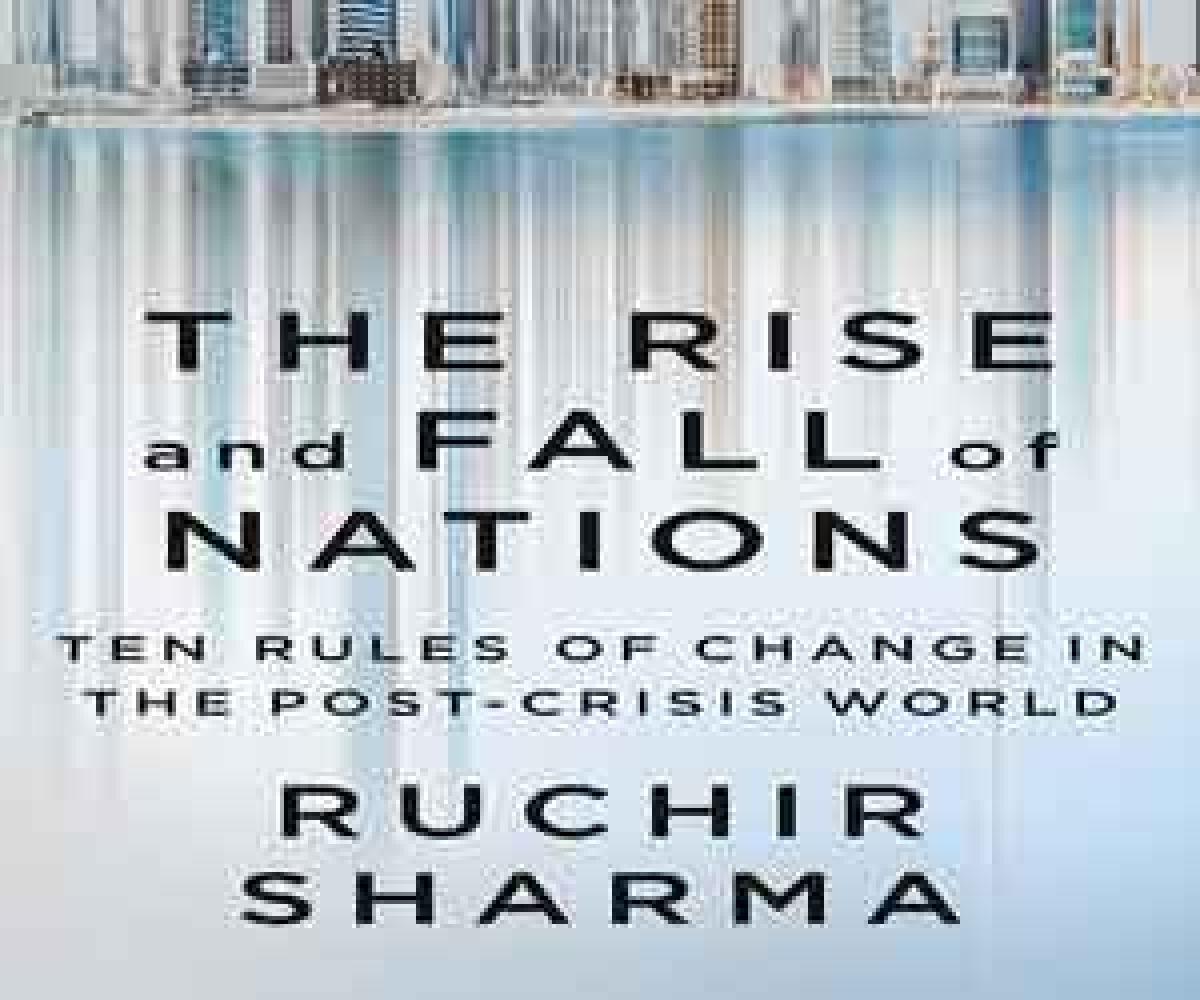Live
- First Impressions and Unboxing of the MacBook Pro M4: A Powerhouse for Professionals and Creators
- China Gears Up for Potential Trade War Amid Trump’s Tariff Threats
- Small Farmers Gain Less by Selling to Supermarkets: Study Reveals
- Why Despite the Controversy, America Is Anticipating the Mike Tyson vs. Jake Paul Fight
- Sanju Samson and Tilak Varma Shine: Record-Breaking Feats in 4th T20I Against South Africa
- India Urges $1.3 Trillion Annual Climate Support for Developing Nations
- Bad air: 106 shuttle buses, 60 extra Metro trips planned to make Delhiites give up cars
- WHO reports declining monkeypox cases in Congo
- CM Attends Kotideepotsavam on Kartika Purnima
- PKL Season 11: Raiding trio of Devank, Ayan, Sandeep help Patna Pirates rout Bengal Warriorz
Just In
Impermanence is the first principle to recognise economic patterns


At a time when the world economy is struggling to expand, looking for new heroes and at the same time fearing another possible recession, there is some disillusionment with globalisation and mistrust of economists, who could not foretell the 2008 recession that shook the world.
At a time when the world economy is struggling to expand, looking for new heroes and at the same time fearing another possible recession, there is some disillusionment with globalisation and mistrust of economists, who could not foretell the 2008 recession that shook the world.
Emerging economies have much hope pinned up their sleeves, with India particularly trying to expand its manufacturing sector to push its GDP growth numbers - and investors are still looking for roadmaps to maximise returns.
Ruchir Sharma, who heads the Emerging Markets Equity team and is the Chief Global Strategist at Morgan Stanley Investment Management, in his new book, compares the sounds of the economy with those of the jungle - and underlines that one needs to hear the unheard to be able to forecast what is next.
The book divides time into two eras - BC or Before Crisis referring to the pre-2008 times, and AC - the After Crisis time, highlighting how post the 'Great Recession' of this century, the expectation of golden age gave way to new reality and hype for globalisation yielded to muttering about 'deglobalisation'.
Sharma quotes American playwright Arthur Miller's observation that an era has reached its end "when its basic illusions are exhausted".
For the economist, who has over $25 billion in assets under his management, the key principle of recognising the economic patterns is impermanence.
Sharma points out that nations are turning inwards, rebuilding barriers to trade, fencing themselves off from their neighbours, and in the 2010s, for the first time since the 1980s, global trade has been growing more slowly than the global economy.
In the introductory chapter, the author highlights that there have been four recessions as per IMF - mid-1970s, early 1980s, early 1990s, 2001 and 2008-09.
For Sharma, one aim of the book is to nudge discussions of the world economy away from "undetermined future" to a more "practical time horizon" of five to 10 years and to the job of spotting the next booms, busts and protests.
Talking of the emerging economies post recession, the author writes that in 2007, the number of economies growing at faster than seven percent reached postwar peak at more than 60, including China, India and Russia. Currently there are only nine economies growing that fast, and only one of them is reasonably large: India.
He, however, adds that India's growth rate is "perhaps overstated", the result of dodgy new accounting methods used.
Talking about India, the author has some concern over the state-run banks and writes that major problems were associated with the excessive role played by such banks and the nexus between politicians and banks.
He also highlights that private banks, on the contrary, tend to stand independent not only of the government but also of control of large tycoons or conglomerates.
Since the 1960s, global economies, both developed and developing, had an average annual growth rate of 3.5 per cent, half of which came from population growth. A one per cent decline in population equals to one per cent decline in growth, he writes.
By: Anjali Ojha

© 2024 Hyderabad Media House Limited/The Hans India. All rights reserved. Powered by hocalwire.com






